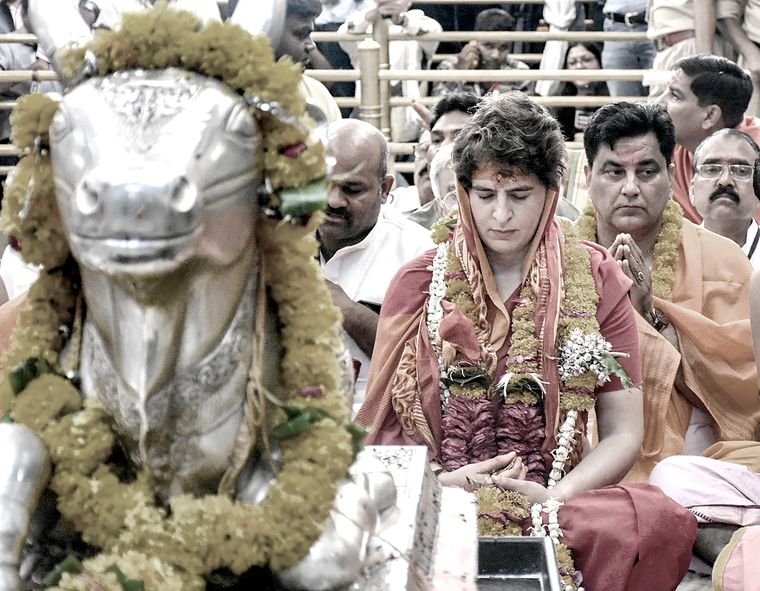
IT HAS BEEN a difficult few weeks for the Congress, but none more so than for the evergreen party loyalist, who has had to witness a sharp decline in the fortunes of her party.
These are disheartening times for Congress supporters—after all, with the momentum and energy that the party, galvanised under Rahul Gandhi’s leadership, carried into the elections, there was little to suggest that its electoral fortunes would pan out the way they did. But conventional wisdom found itself up-ended, and in the months to come, the party and the supporters who carry it, will have to engage in serious introspection on what went wrong and work to identify the path ahead for the party.
To be certain, while the current reality is indeed grim, obituaries for the Congress remain premature. For one, as the results from Kerala, Punjab and Tamil Nadu have shown, the party is far from “out for the count” and nearly 12 crore Indians (just short of 20 per cent of the electorate) cast their vote in favour of the Congress. While this may have only translated to 52 seats in the Lok Sabha, it still is a long way beyond the cries of irrelevance that commentators have been rashly ascribing to the party since the declaration of the results.
At the same time, as the more sagacious of our supporters recognise, the Congress has found itself in the throes of similar woes in times past—be it in terms of its electoral fortunes in 1977 and 1989, and the wilderness between 1996 and 2004, or in the daunting circumstances precipitated by the leadership vacuum following the tragic assassinations of two of its former prime ministers. And yet, in the aftermath of each of these instances, the grand old party displayed an immense capacity to weather change (and indeed suitably pivot itself to the evolving political context of the time), and bounced back to victory each time.
This history of the Congress offers fitting solace to aggrieved party supporters. It is they who recognise better than any other that in the past we have been beaten, but never broken. We have been diminished but never extinguished. And, while we have been fundamentally questioned before, we have always come back with answers to those questions and have turned the page on a new chapter in the Congress’s history.
At the same time, merely relying on tradition is not the solution that the Congress supporter seeks. Rather, it is the message at the core of that tradition that the loyalist wishes to see—the party’s capacity to reinvent itself in the face of major setbacks. The results have made it clear that there is an imminent need for course correction within the party and how it rises to that challenge will determine in a significant way what the future holds for it.
What does this involve?
INTERNAL FIXING
THE IMMEDIATE requirements are fairly clear. The Congress sympathiser is likely to be understandably worried by the ongoing confusion regarding the post of the Congress president, something that will only increase with each passing day if the lack of clarity persists. The post is of added importance particularly given that the party will have to embark on a revival plan soon—including contesting three important assembly elections just four months from now, in Maharashtra, Haryana and Jharkhand—and the leadership of the president will be irreplaceable for the party.
Rahul Gandhi remains the right man for the job. For one, while results may not have gone our way, he led the party from the front, personally spearheading a well-coordinated and energetic c
Source: https://www.theweek.in/theweek/cover/2019/06/28/hindutva-lite-not-the-best-strategy-for-the-congress

